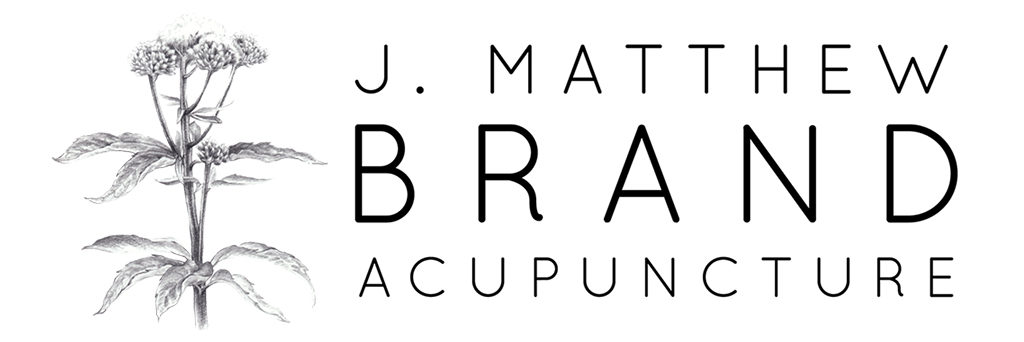For about 20 years, I have been a student of martial arts. As of 2014, I am an 8th generation Hebei style Xingyiquan practitioner, student of Jackie Yao Wu Hu. Xingyiquan, loosely translated as “form-intension fist,” is one of the three Taoist soft-style (what does this mean?—define), internal martial arts—the other two being Baguazhang and Taijiquan. It has a foundational standing practice that, traditionally, the novice student will do for about three years before moving on to more advanced movements and forms. Even after these initial three years, it is something that one always returns to, and remains the Kung Fu devotee’s most important exercise.
To briefly describe what is involved: one stands with one foot in back, and another in front, with the weight distributed 70% at the back and 30% in the front; the front hand pushes forward in line with the front foot and leg while the back hand presses down by the lower abdomen; the hips sit down slightly as if resting on a stool. While there are many other details involved in this stance, the purposes include building leg strength, establishing proper structure in the body, and learning how to be relaxed in the process.
This stance is called 三体势 San Ti Shi, or “Three Harmony Power/Standing.” While there are many groups of “threes” that are in harmony, one such group that I want to mention here are the “three round/opens”:
-
Round and open the back;
-
Round and open the tiger’s mouth (the space in between the thumb and index finger); and
-
Round and open the eyes.
This last bit may seem out of place, considering that how strange it may be to have the need to practice rounding out your eyes and thereby strengthen your eyelids. But the purpose of keeping your eyes open is to keep them engaged, and to keep the practitioner present in the world in which s/he stands. As opposed to most inward-facing meditation practices, this is a Taoist practice that emphasizes being in the world, and learning to be aware of it. One keeps your eyes trained in the direction of both the front hand and foot, while keeping the gaze soft and open. To close your eyes, or look around as if distracted means that you have separated not only mind from body, but intention away from the purpose of the practice. In short, we might say that this is a practice that trains the act of being aware and in the now, and works to join the mind and body into one whole.
As the saying goes, the eyes are the window to the soul. In Chinese medicine, the eyes remain an important part of a greater picture of mental health, but a glimmer or spark in the eyes are the first sign of something that we can only define as presence. It is as if the light of consciousness is strong enough to provide illumination to the whole body, thus animating it to make it in itself prepared to take in through its various senses the condition of the world it inhabits. In the practice described above, the practitioner is looking through the window outward; when the Chinese medicine physician looks at the eyes, we are looking into the house that our patient inhabits.
Here we might introduce a concept of what is called Shen Ming: shen 神 is translated as spirit, or the ability to animate activity and movement; while ming 明 is translated as clarity or brightness. Together, the terms shen ming connote the conscious self, or the spirit, which is reflected in and through the body. One of the first places that we look when interpreting the mental state of someone is to look at their eyes. A picture of health is to have a certain brightness glimmering in the eyes, the eyelids relaxed yet open, with a look capable of holding attention on what is in front of it in the world.
Additionally, we might also say that one is well-spirited if, to paraphrase a common French saying, they are comfortable in their own skin.
